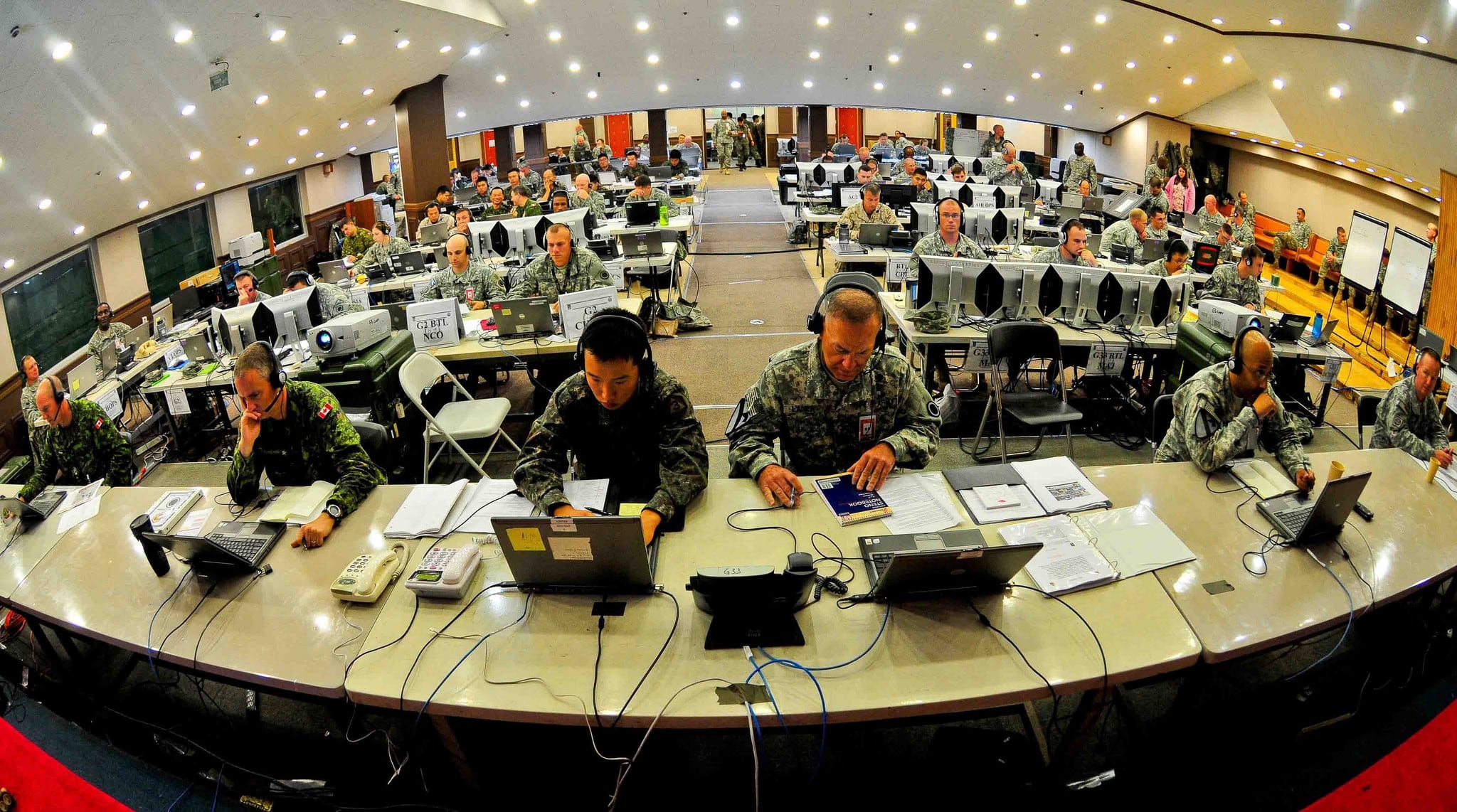SEOUL — A war of nerves between South Korea and Japan over a South Korean warship’s radar search operations could be a sign of increasing tensions, as the countries reposition military operations in the region, military experts say.
The episode, in particular, coincides with South Korean military’s shift of its operational focus from North Korean threats to threats posed by neighboring countries, including Japan.
On Dec. 20, a 3,900-ton class KDX-I destroyer of the South Korean Navy allegedly locked its separate target illumination radar, or STIR, on a P-1 patrol aircraft of the Japanese Maritime Self-Defense Force, while the ship was searching for a North Korean fishing boat in distress in the eastern waters off the islets of Dokdo.
Directing the fire control radar at a target can be regarded a step away from actual firing. Japan’s military and diplomatic authorities have made a strong protest with the South Korean counterparts against the radar operations, which they call “extremely dangerous,” But Seoul’s Ministry of National Defense has denied the destroyer used the target radar, saying the ship used a three-dimensional radar. The ministry later admitted the ship operated a camera attached alongside the radar to look for the North Korean boat.
RELATED

The latest incident is a sign of confrontation between America’s two closest allies in the East Asia, said Shin In-kyun, head of Korea Defense Network, a Seoul-based defense think tank.
“The incident came at an awkward time when the relations of South Korea and Japan hit the lowest ebb over territorial and historical disputes,” Shin said. “I’m worried if the worsening relations of Seoul and Tokyo could hamper trilateral defense cooperation with the U.S. in the region,” the analyst said.
Just a week before the radar face-off, South Korea staged annual drills to defend the Dokdo islets, mobilizing battleships and combat airplanes. The exercise triggered an angry backlash from the Japanese government.
According to officials of Seoul’s Ministry of National Defense, North Korea would not be described as an “enemy” for the first time in the soon-to-be-published 2018 Defense White Paper. Instead, the biennial paper is to describe the term of enemy as “every force that threatens the lives and property” of South Korea.
Ahn Seung-beom, a military analyst and publisher of The Defense Times in Seoul, expect South Korea’s military buildups to be accelerated with a focus on responding to potential threats by neighboring countries, particularly Japan.
“I believe the radar issue was just a strange happening, but the situation offers a glimpse of situations the two forces potentially could confront sometime in the future,” he said.
Jeff Jeong was the South Korea correspondent for Defense News.








